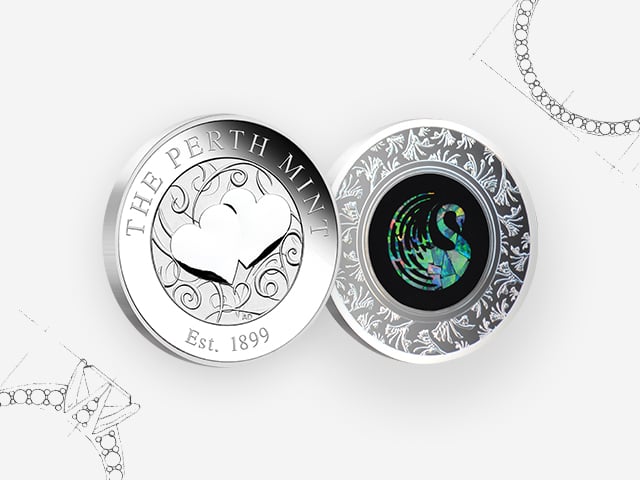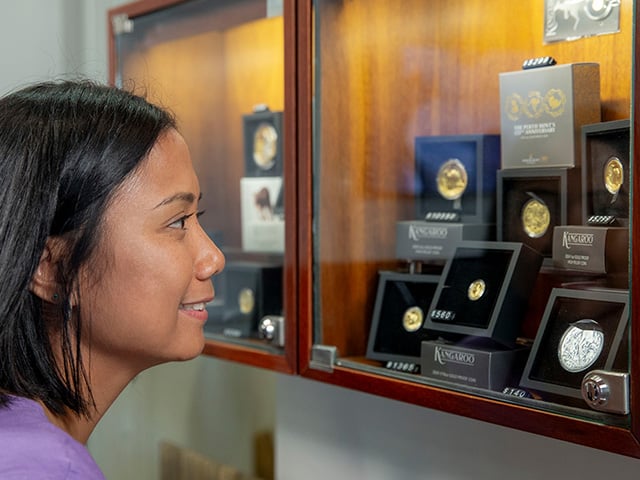Incredible facts about the holey dollar and dump
Jan 3, 2013
It is 200 years since 40,000 Spanish silver dollars were cut and counter-stamped to create the first distinctive Australian coins.
Take a close look at the new coins in this video, which briefly re-tells the story of the original Holey Dollar & Dump. Then check below for some incredible facts about the first coins struck in Australia.
- The NSW colonial government’s official coiner in 1813 was William Henshall, a former convict who had been transported from England having been found guilty of counterfeiting “Bank of England dollars”.
- Instead of three months originally envisaged by Governor Macquarie, the project to convert the 40,000 Spanish dollars took more than a year to complete. Although dated 1813, the new coins did not go into circulation until the following year.
- Henshall had to make machinery to cut and stamp the coins, which broke down several times. These failures help explain why about 90 of the original coins were spoiled during re-striking and never issued, and why the protracted manufacturing task was not finished until August 1814.
- Macquarie was no doubt aware of earlier holey, ring or pierced dollars developed in other cash-strapped British colonies. Coincidentally, just as Henshall was labouring in Sydney, Prince Edward Island (Canada) was making its own holey dollar and dumps.
- The administration of NSW began recalling holey dollars and dumps and replacing them with sterling coinage from 1822. They were finally ‘demonetised’ in 1829, then melted down and sold to the Bank of England as bullion.
- A few managed to avoid the smelter. Today, some 300 holey dollars are known to have survived and about 800 dumps.










